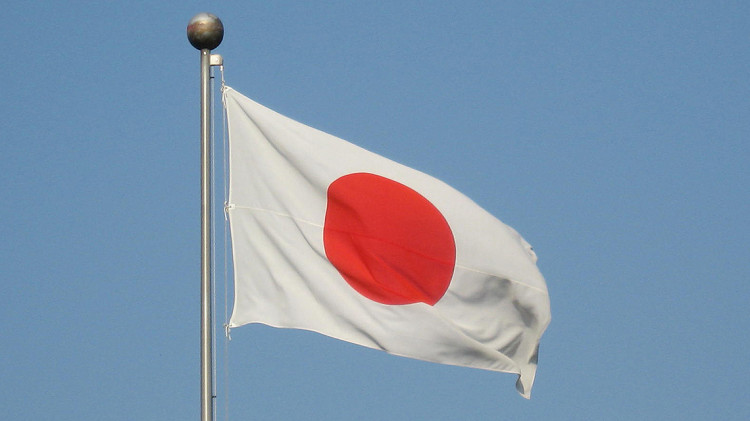An International Atomic Energy Agency (IAEA) team of experts said Japan’s Kashiwazaki-Kariwa Nuclear Power Station has addressed many of the recommendations and suggestions made in a 2015 review, but added that work should continue in some areas.
The Operational Safety Review Team (OSART) concluded a five-day follow-up mission from 31 July to 4 August to assess how the Kashiwazaki-Kariwa Nuclear Power Station on the northwest coast of Japan has followed up on recommendations and suggestions made in a 2015 OSART mission to Units 6 and 7.
OSART missions aim to improve operational safety by objectively assessing safety performance using the IAEA's Safety Standards and proposing recommendations and suggestions for improvement where appropriate. The follow-up missions are standard components of the OSART programme and are typically conducted within two years of the initial mission.
Units 6 and 7 at the Kashiwazaki-Kariwa station are both powered by 1356 megawatt advanced boiling water reactors. Both units have been shut down for several years.
“TEPCO has addressed several issues identified in the 2015 review,” said Team Leader Peter Tarren, Head of the IAEA’s Operational Safety Section. “Though there has been progress, work is still needed to address some recommendations in order to strengthen the plant’s operational safety.”
The four-member team comprised an IAEA Team Leader and Deputy Team Leader and two members from the original OSART Mission in 2015.
The team found that progress was made on all recommendations and suggestions. Several recommendations and suggestions from the 2015 review have been fully implemented, including:
- Update and integrate Emergency Operating Procedures, Standard Operating Procedures and Accident Management Guidance to extend their scope to cover shutdown operational regimes and the occurrence of an accident in the spent fuel pool under design extension conditions.
- Improve the current emergency plan to ensure that it contains all the basic arrangements and concepts of operation for all key emergency response functions, and complete the existing emergency procedures to ensure that they are comprehensive, clear, consistent, unequivocal and standardized.
- Ensure that proper arrangements and practices for contamination control are implemented.
The team recommended continuous work in several other areas, including:
- The station should implement an integrated system to manage all operating experience information and ensure that elements related to reporting, screening, analysis, corrective actions, trending and effectiveness reviews are fully developed and implemented.
- The station and TEPCO’s Corporate Office should consider formalizing the design authority function and establish a procedure to ensure the availability of complete and reliable plant design data, including long term storage and safekeeping of detailed design documentation throughout the plant’s lifetime.
- The station should consider enhancing arrangements for the on-shift fire brigade to ensure an effective response to fire alarms.
The team has provided a draft of its report to TEPCO’s management, and the final report will be submitted to the Japanese Government within about three months.
TEPCO expressed determination to complete work on all remaining recommendations and suggestions identified during the 2015 OSART mission.
Background
General information about OSART missions can be found on the IAEA website. An OSART mission is designed as a review of programmes and activities essential to operational safety. It is not a regulatory inspection, nor is it a design review or a substitute for an exhaustive assessment of the plant's overall safety status.


